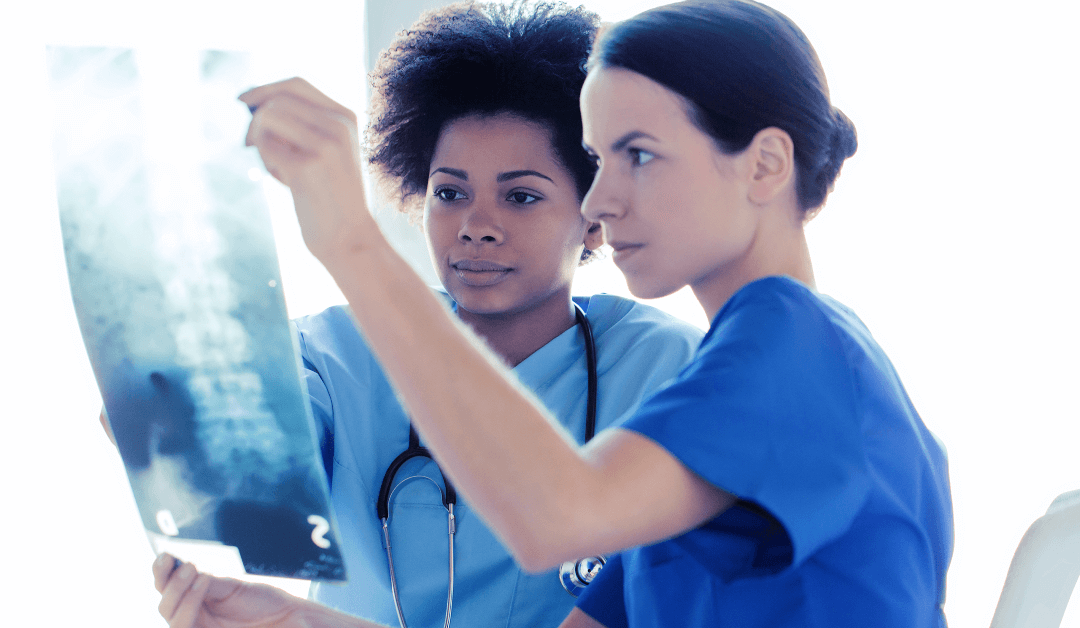Orthopedic specialists specialize in the diagnosis and treatment of acute and chronic disorders of the spine. These include degenerative conditions such as cervical and lumbar disc herniations, cervical myelopathy, spondylolisthesis and spinal stenosis, along with fractures, tumors, and/or deformities. Dr. Haque has a vast repertoire of experience treating both the more common conditions of the spine as well as the more complex, unique conditions. Today, we’ll discuss some of the most common spinal conditions that people often get referred to an orthopedic specialist for. Read on to learn more about scoliosis, herniated discs, and spinal stenosis from a spine doctor. If you’re looking for an “orthopedic doctor near me” in the Celebration area, call Celebration Orthopaedic & Sports Medicine Institute today.
Common Spinal Conditions
Three of the most common spinal conditions that patients come to us to are scoliosis, herniated discs, and spinal stenosis.
- Scoliosis- First, let’s discuss scoliosis. Scoliosis is the most common of the three and is an abnormal curvature of the spine that is most prevalent in the population of adolescent females. This is a genetic condition that typically runs in families. Smaller curves/milder cases of scoliosis typically cause no pain. Scoliosis typically occurs in the upper back, and the patient may have one hip higher than the other or one shoulder blade more prominent than the other. Symptoms of scoliosis include:
- One hip being higher than the other
- One shoulder blade being more prominent
- Small curves in the back, usually upper back
- Deformity in back
- Cork screwing effect from rotation
- Herniated disc- A herniated disc is the result of a portion of the vertebral disc rupturing. Through the ruptured portion, the inner central portion of the disc (nucleus pulposus) is pushed out into the spinal canal on nerves in the cervical, thoracic, or lumbar areas. Due to the fact that space in the spinal canal is limited, the displaced disc will press on nerves which can cause numbness and pain. Smaller herniations are typically called protrusions. Symptoms you should look for an “orthopedic doctor near me” include:
- Cervical herniated disc symptoms
- Discomfort in one or both arms
- Shooting pains in one or both arms
- Weakness or numbness in one or both arms
- Burning arm pain
- Lumbar Herniated Disc Symptoms
- Discomfort in leg, ankle, or foot
- Shooting pain, weakness or numbness in leg
- Leg pain is typically worse in a sitting position
- Cervical herniated disc symptoms
See A Spine Doctor About These Conditions
- Spinal stenosis- Stenosis is due to the narrowing of the spinal canal. When this happens it often pressures nerves that travel through the spine. Spinal stenosis can happen in any area of the spine, but most often occurs in the neck area. There are two types of spinal stenosis, classified by the area where the condition occurs. It is possible to have more than one type, though not common. The two main types include:
- Cervical stenosis, a condition that occurs at the narrowing part of the spine, in the neck.
- Lumbar stenosis, where there is also narrowing but it occurs in the lower back.
Contact Us Today
Celebration Orthopaedic & Sports Medicine is a top spine doctor in the Celebration area. If you’re looking online for an “orthopedic doctor near me,” call Celebration Orthopaedic & Sports Medicine Institute today!

